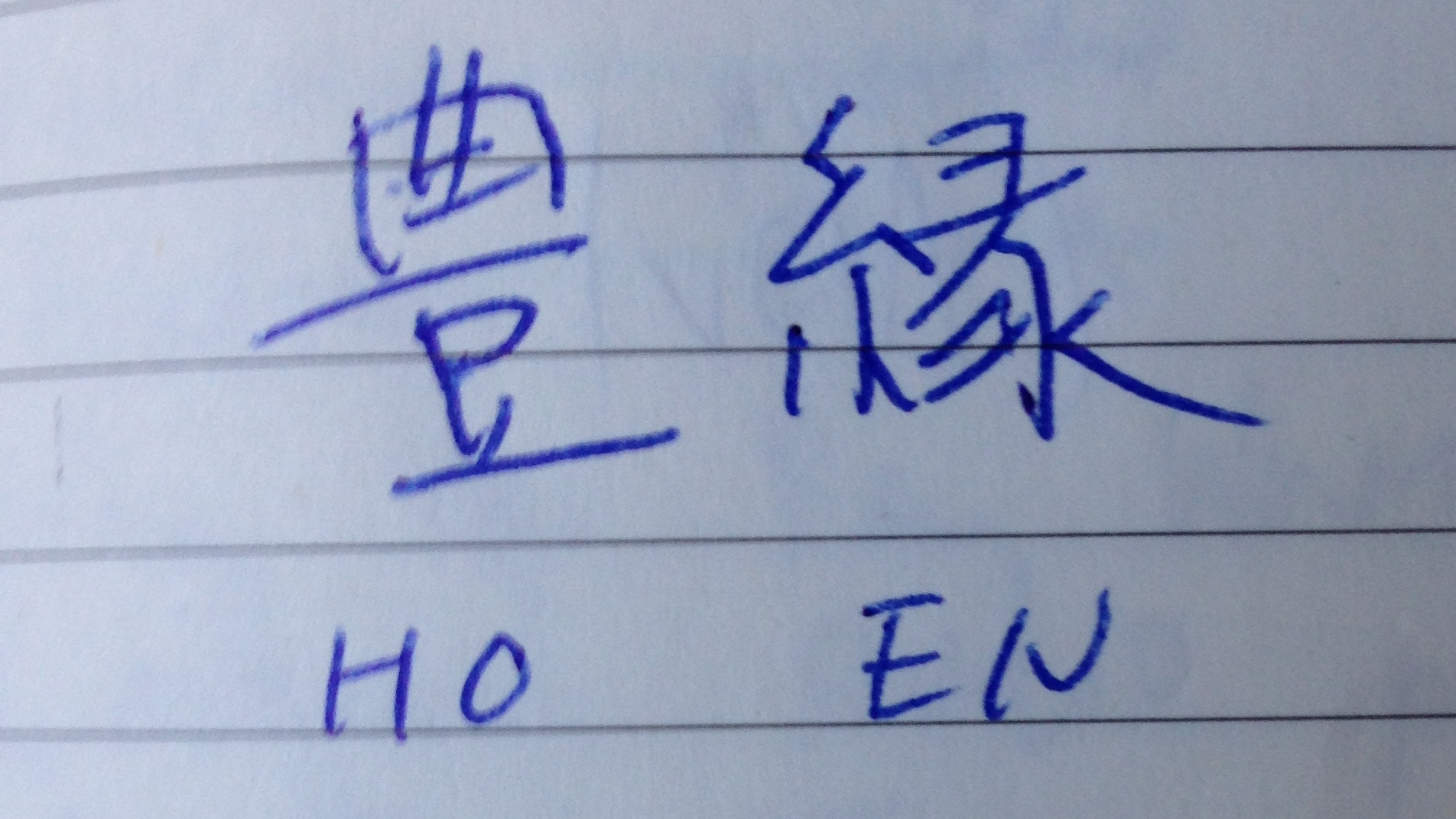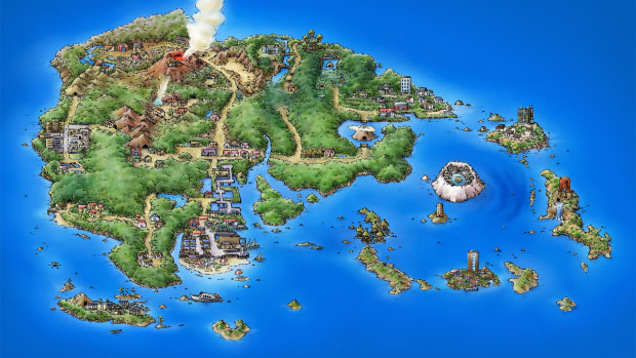Pokémon’s current series director Junichi Masuda has been working at Game Freak on the Pokémon series since the original Ruby and Sapphire, the source material for the two newest games, Omega Ruby and Alpha Sapphire.
Back then, he was what’s known as a “planner” in Japanese game companies: a designer, basically. It was his job to make the actual environments and maps that make up the region of Hoenn (nowadays he oversees entire projects).
As it turns out, he put a lot of himself into his work. “So [Hoenn] was inspired by when I would go and visit my grandparents when I was younger,” Masuda tells me. “I grew up in Tokyo, which was obviously a big city, and my grandparents lived in Kyushu, a Japanese island. It was really completely different there. Where I came from we didn’t have clean rivers or a lot of insects or wildlife, but when I visited my grandparents I got to experience that abundance of nature – I’d got out and catch bugs, play in the river, catch fish in the ocean, explore forests.”
Hoenn, then, is the manifestation of Masuda’s childhood summers on the island of Kyushu. “I really wanted to express those childhood memories with the Hoenn region when I first thought about Ruby and Sapphire,” he says. “It’s expressed in how abundant the nature is compared to some of the other settings, and also in the idea of secret bases, which was like making tree-houses or a special fort when I was a kid.”
The word Hoenn itself contains clues to these inspirations. In the actual games, it’s written in katakana – so, phonetically – but during development, Masuda always envisioned the word “Hoenn” in kanji, the symbolic, pictographic Japanese alphabet:

Those two characters, whose readings are “ho” and “en,” roughly translate to “abundance” and “bonds” or “connections,” in the sense of connections between people – though it’s hard to directly translate kanji. The overall impression they give is of a place that is fertile, lush, whose abundance is the result of bonds between people and their relationship with nature. It also looks like it could be a real place – the first character, especially, is often used in place names.
“One of the original themes was this idea of abundance – not just of nature, but of how warm people are in the country, and people were always so nice to me there,” Masuda elaborates. “Neighbours would say hello to me on the street. That’s the hidden meaning: the abundant bonds between people and nature.”
Thanks to Brian Ashcraft for additional kanji help.


Comments
5 responses to “The Hidden Meaning Behind The Name Of One Pokémon Region”
Wait a minute, isn’t that map basically the one from Golden Sun 2?
No.
You mean this map?
http://img.zwame.pt/eagleeye/retro/golden_sun_tla/map1_hi.jpg
lolwhat, is Gondawan + Angara supposed to look like Africa/Eurasia?
Judging from Ocenia and Indra, yes
I think it’s supposed to be vaguely based on the real world back before tectonic shifts turned it into what we know now. Eg one of the old supercontinents was called Gondwana (which did incorporate Africa), and right there you have Gondowan. Angara is obviously Europe/Asia, Indra is India, Osenia is Australia, Hesperia and Atteka are North and South America, then Tundaria is Antarctica.
http://www.odec.ca/projects/2007/dunc7g2/pangea_history_text.htm
Where’s my Golden Sun 4 🙁